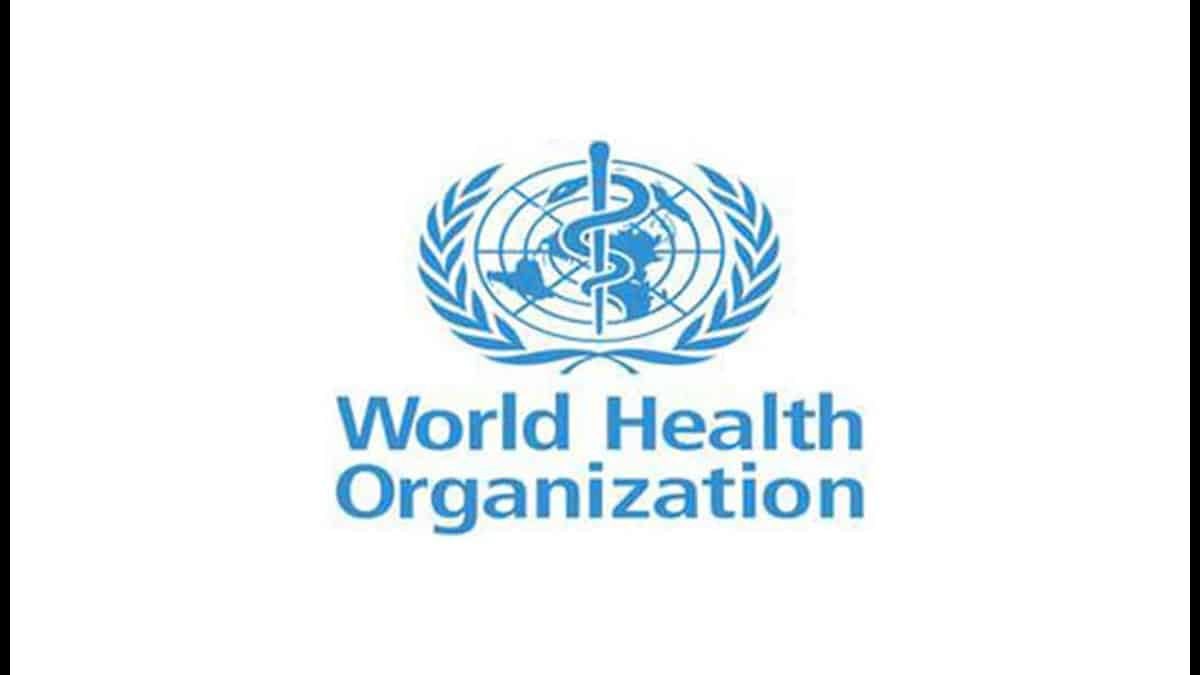NEW DELHI: India will soon submit to the World Health Organization (WHO) its covid-19 vaccination targets, along with an updated national vaccination trajectory and plans defining dose requirements to guide investment required for manufacturing the vaccines and their distribution through the government.
The financial and programme resource specifics will be shared with WHO as part of WHO’s recently released ‘Strategy to Achieve Global Covid-19 Vaccination by Mid-2022.
The Indian government had earlier stated that the entire adult population will be vaccinated by December 2021. WHO has said all countries must meet its targets to vaccinate 40% of their population by end-2021 and 70% by mid-2022.
“The progress in achieving the target to vaccinate the total population of India is on. Vaccination is ongoing at full pace and manufacturers of covid-19 vaccines in India have met the demand in the country. We are working on a strategy for full coverage of all Indians with full force,” said V.K. Paul, member health, NITI Aayog.
WHO had set the target of vaccinating 10% of the population of every country by the end of September. However, 56 countries had not been able to meet the target. A majority of these countries are in Africa and West Asia.
WHO has asked countries to revise national vaccination strategies, policies, and prioritization to harness emerging evidence and maximize the impact of existing, modified, and new vaccines.
Vaccinating 70% of the global population requires at least 11 billion vaccine doses, WHO said. By the end of September, just more than 6 billion doses had been administered worldwide. Global vaccine production is now at about 1.5 billion doses per month and thus there is sufficient vaccines to achieve the global vaccination targets provided that there is equitable distribution of doses.
WHO has asked countries manufacturing covid-19 vaccines to prioritize and fulfil commitments for COVAX, a multilateral initiative aimed at fostering global access to coronavirus vaccine and the African Vaccine Acquisition Trust (AVAT) contracts.
Manufactures should provide full transparency on the overall monthly production of covid-19 vaccines and clear monthly schedules for supplies to COVAX, AVAT, and low and low-middle income countries, to enable proper global and national-level planning and optimal use of scarce supplies, the global health agency said.
Meanwhile, India’s cumulative covid-19 coverage crossed 950 million on Monday. More than 967.5 million vaccine doses have been provided to states and Union territories so far by the Government of India and through direct state procurement category, the Union health ministry said.
More than 84.3 million unutilized covid-19 vaccine doses are still available with the states and Union territories to be administered, it said.
At least 18,132 new coronavirus cases were reported in the last 24 hours.
This is the lowest recorded daily new cases in 215 days, health ministry data showed. The active caseload is presently 2,27,347, which is the lowest in 209 days. Active cases presently constitute 0.67% of the country’s total positive cases, the government said.
The recovery of 21,563 patients in the last 24 hours has increased the cumulative tally of recovered patients to 3,32,93,478, government data showed. Consequently, India’s recovery rate stands at 98%, the highest since March 2020, the government said.
The weekly positivity rate, which is 1.53%, has been less than 3% for the last 108 days. The daily positivity rate is 1.75% and has remained below 3% for last 42 days and below 5% for 125 consecutive days, the government said.





